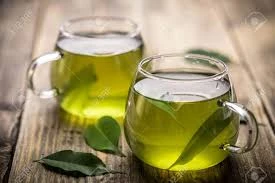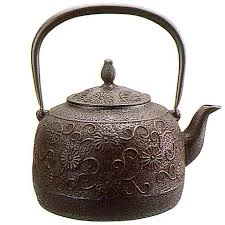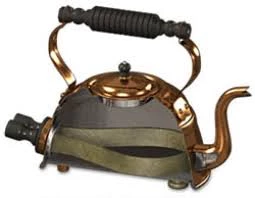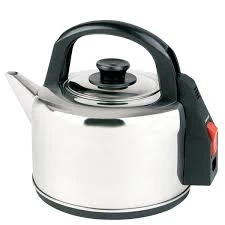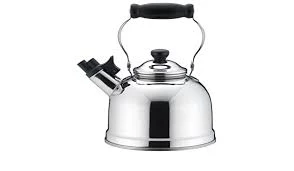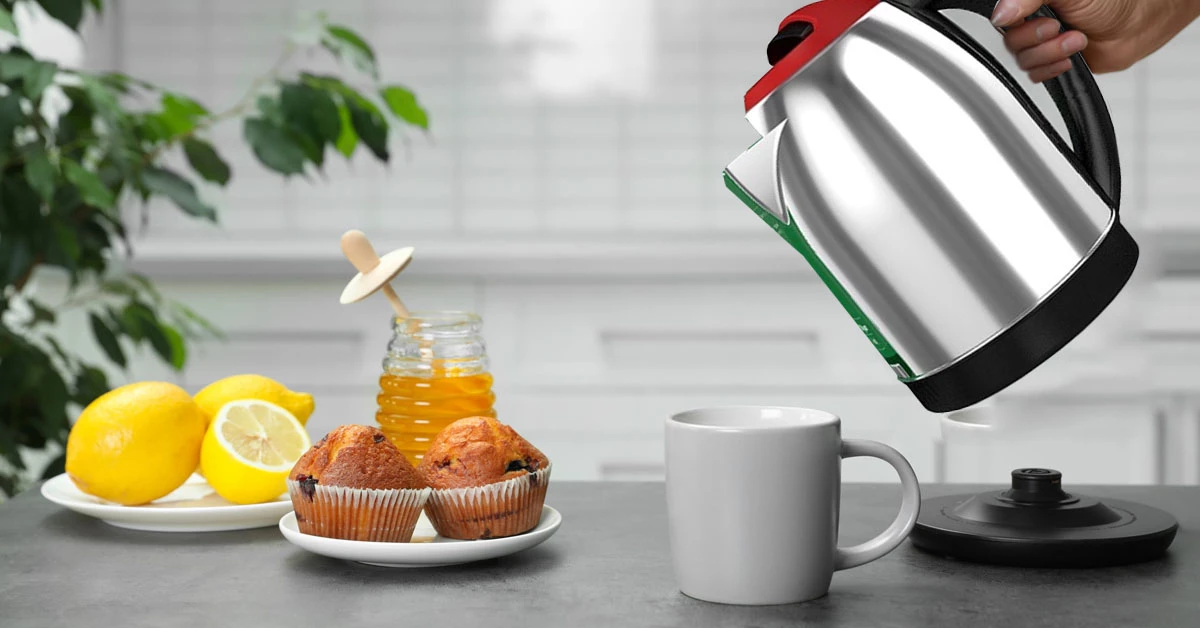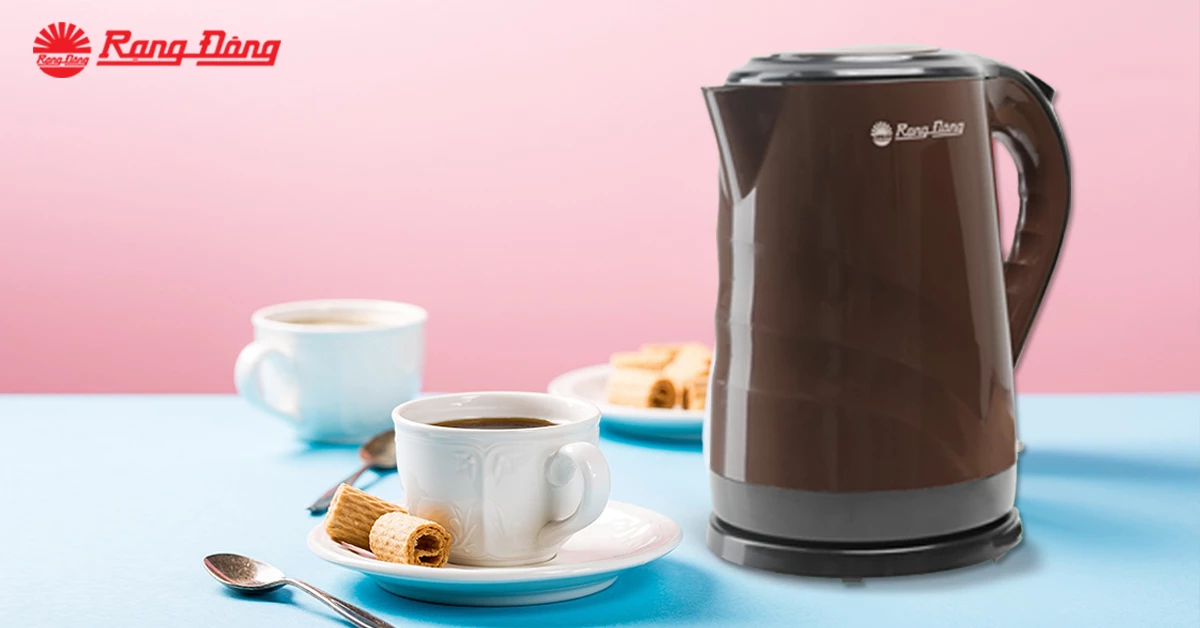Tea kettle in its course of development
Tea kettle is one of the most commonly used items today thanks to its convenient features, including the super speed of boiling water. Have you ever thought of when tea kettle appeared and who invented them? We will show you some information about the amazing tea kettles that people had already invented. Let’s take a look at the invention of the tea kettle.
The first tea kettle
In the ancient times, Chinese tourists and soldiers often boiled water to remove impurities and flavor it. They discovered that when green tea leaves were put in boiling water, they changed the water color and flavor. In Europe, nomads and warriors boiled water and added wheat seeds to make a great drink.
A cup of tea
Cowboys in North America use a tea kettle to make coffee. Kettles existing at the time were made from copper as it conducts heat quickly. The Chinese used porcelain to make warmer cups of tea and the whole kettle.
It was found that the first cozy kettles appeared between the years 3500 and 2000 BC in the Mesopotamian area. Iron kettles that can be placed directly on a fire appeared before the 19th century
The first kettle would look like this.
Electric tea kettle
The first tea kettle that can automatically boil water was invented by the Carpenter Electric Company in 1891 in the United States. At that time, it took about 12 minutes to boil the water as the accessories were placed in separate compartments.
In 1992, the Swan Company had a new design of an electric tea kettle, in which all elements were put into a metal pipe and placed into a water tank. This design helped the kettle boil water faster, thus it gained its popularity. Many companies have since started manufacturing this type of kettle.
A tea kettle in 1891.
Automatic electric kettle
In 1956, Russell Hobbs researched and developed an automatic electric tea kettle. It was an invention that led to the development of the stovetop kettle we know today. The principle of operation of this kettle is quite similar to the electric kettle mentioned above. The difference is that it automatically switches off when water reaches 100 degrees Celsius. This has turned using the kettle safer because the user does not need to check the time for disconnecting the power
An automatic electric kettle
Over the years, inventors have been making further improvements to kettles and plastic kettles are the result of the process.
Whistling Kettles
In 1890, Charles E. Coats received a patent for an item simply described as the tea kettle. Although he was not the first person to receive such a patent, he was the first to have mentioned a kettle that could whistle. “The object of my invention is to construct a tea-kettle into which the water may be introduced at any time without danger of burning the hands, and which shall also be provided with an automatic signal to indicate when the water is getting low,” he said.
A whistling kettle model.
However, that's just the whistle for a tea kettle. It was not until 1915 that Jorgen Madsen introduced the tea kettle that has whistling to warn when the water reaches 100 degrees C. This is the first device built with the whistling function in a way most of us are familiar with.
Should you have any questions, wish to share your ideas about vacuum flasks or request a quotation, please send us an email to: export@rangdong.com.vn.

